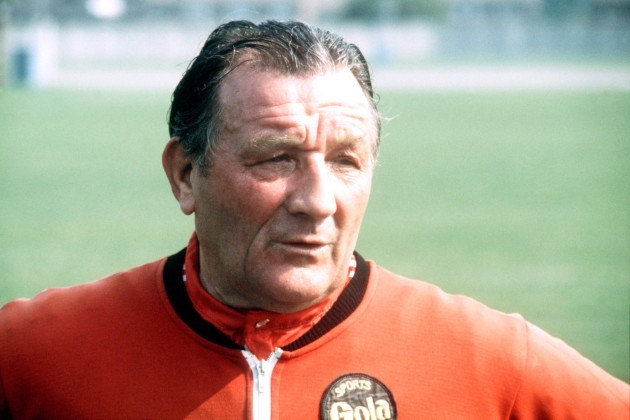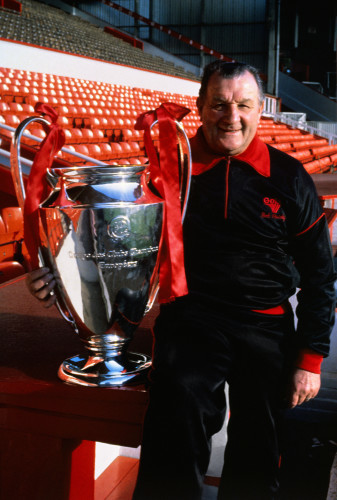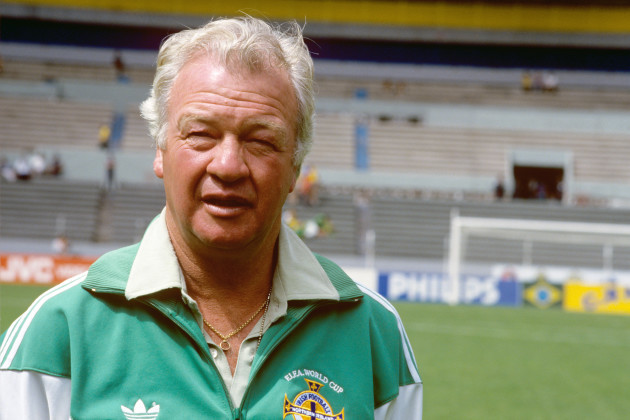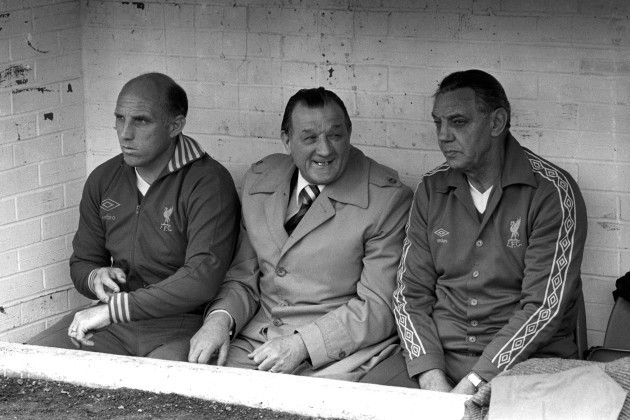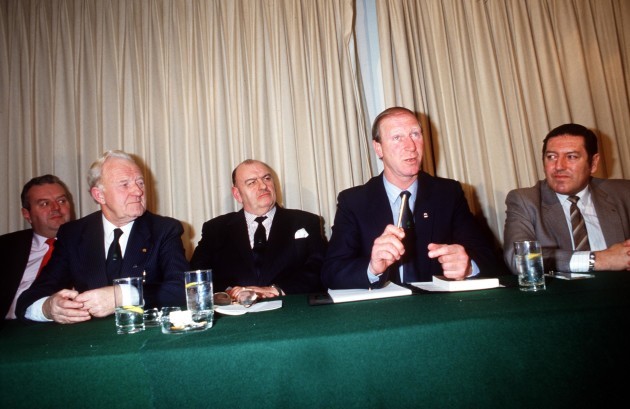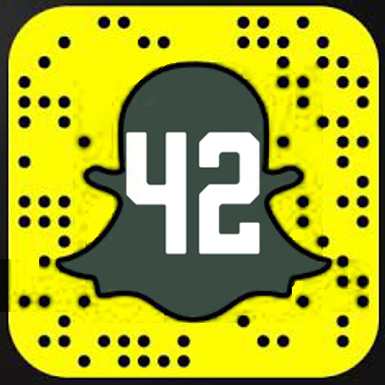WHEN DES CASEY stepped away from football in July 2002, he was asked about the stand-out moment from his time as FAI president.
“The highlight of my presidency was the appointment of Jack Charlton as the manager of the senior team”, he said.
“We took a big risk in appointing a non-national and fortunately it was one that paid off handsomely”.
It’s little wonder Casey spoke with such wonderment about the decision to bring in Charlton in February 1986.
Especially because the FAI wanted someone else to take the job: the iconic former Liverpool manager Bob Paisley.
By the autumn of 1985, it was clear that Eoin Hand’s position as Republic of Ireland boss was becoming increasingly untenable. Despite beating the Soviet Union in their first qualifier, they failed to reach the World Cup in Mexico and the campaign ended with two confidence-sapping results in Moscow, when the Soviets exacted some revenge, and Dublin, where a marvellous Danish side ripped the Irish to pieces at Lansdowne Road.
For the FAI, it was hard not to be envious as Northern Ireland secured a second successive World Cup appearance with Billy Bingham in charge. What intrigued the top brass at Merrion Square was that Bingham was based in the UK and could, in theory, scout players with ease. It was at that moment when the FAI started to come around to the notion of a foreign manager and they had one immediate target.
Paisley had stepped down as Liverpool manager in 1983, having coached the side to six First Division titles in seven years and racking up three European Cups.
In 1985, upon Kenny Dalglish’s appointment as the club’s player-manager, Paisley was brought in to assist and act as a mentor of sorts.
Later, Dalglish would say that having Paisley’s counsel to rely on was a remarkable advantage as a young coach.
“When I got the manager’s job, it was said that Bob would be there to help me”, he said.
What an ally that was. To have the most successful manager in Britain to be sat there helping you and on your side, I couldn’t see how it could get any better.”
The FAI knew Paisley’s worth and also recognised how much of a coup it would be to bring him into the Irish fold.
But an initial approach was quickly rebuffed by Liverpool.
“Unofficially I had made contact with Liverpool after the game (against the Soviets) in Moscow about the possibility of Bob Paisley, but was informed he was out and would not be interested in being a runner at all”, Casey said years later.
With the first choice candidate seemingly out of the running, there were still plenty of others who showed a vague interest in succeeding Hand.
During one weekend in December 1985, Casey and a colleague within the FAI, Dr. Tony O’Neill, went to the UK for a litany of meetings across a myriad of locations.
First on their list was Jack Charlton, who they interviewed in a Manchester airport hotel. The 1966 World Cup winner, and former boss at Middlesbrough and Sheffield Wednesday, had resigned from Newcastle months before when the fans turned on him.
He made an impression during an apparent hour-long chat (Charlton remembered it as ‘short and to the point’) though Casey and O’Neill had little time to properly digest anything. They had another three men to meet that same day.
Paddy Crerand was next on the list before the dynamic duo then drove to the glamorous surrounds of the Knutsford Service Station, on the M1, to see Gordon Lee – who, ironically, had replaced Billy Bingham as Everton boss in 1977, staying at Goodison Park for four and a half years.
To cap off a frantic Friday, the pair headed for London and met with former Arsenal boss Terry Neill late that night.
The next day was a little calmer. They took in a local derby as QPR faced West Ham and spoke with Millwall’s assistant coach Theo Foley that night.
To round out the trip, they met with Noel Cantwell, John Giles and Billy McNeill.
The FAI weren’t ruling anything out and a smart play was approaching Nottingham Forest to inquire about Brian Clough’s potential availability, particularly with him having been burned by England more than once.
For a while, McNeill seemed the front-runner. A legendary figure at Celtic as a player and manager, he was desperate to leave Manchester City and figured the Irish job was a great opportunity. But the club played hard-ball over compensation and the FAI turned their focus elsewhere.
In February 1986, after lots of politicking, the FAI members met at Merrion Square to vote on who the next Irish manager should be.
The long-list had been dramatically cut: the final choices were Jack Charlton, John Giles or Liam Tuohy.
With Casey and eighteen other members in the room and ready to decide, there was a dramatic development. One member put Bob Paisley’s name forward again. By all accounts, he had changed his mind and was open to taking on the Irish job.
Four candidates but only one was a seasoned winning manager.
On the first ballot, Paisley received 9 votes and the others trailed far behind with three each.
Tuohy was the first to be cut but Paisley remained the clear favourite in the room.
On the second ballot, he still had 9 votes while there was more support for Charlton than Giles, who bowed out of the running.
Incredibly, everything changed at the decisive moment. There was a swing and Paisley lost a crucial vote. Charlton claimed a 10-8 victory and Casey was unable to carry an influence.
Charlton knew nothing about it, later claiming to have forgotten about meeting with Casey and O’Neill in the first place.
The official announcement was made on Friday 7th February 1986 live on RTE’s The Late Late Show, as a bewildered audience tried to get their heads around an Englishman managing an Irish team.
Thirty years ago exactly, Charlton walked through Dublin Airport and then held court at a tetchy first press conference the following day at the Westbury Hotel.
There was suspicion and mistrust though Charlton cared little for the controversial way he was appointed.
The decision, as Casey would say later, proved a master-stroke though it could all have been very different if the FAI’s first-choice had got the job.
The42 is on Snapchat! Tap the button below on your phone to add!
